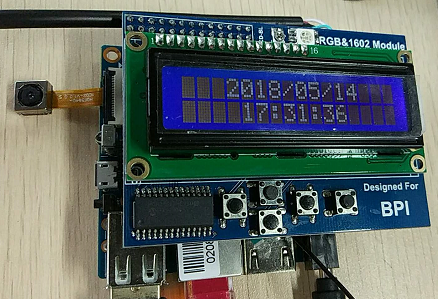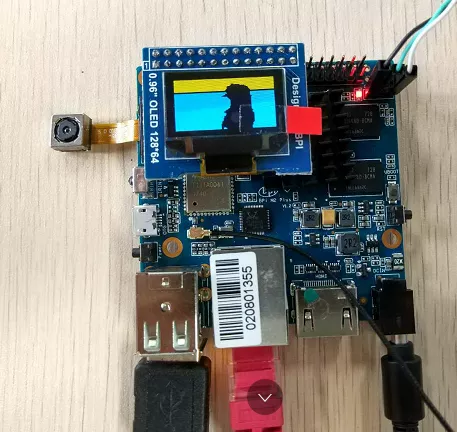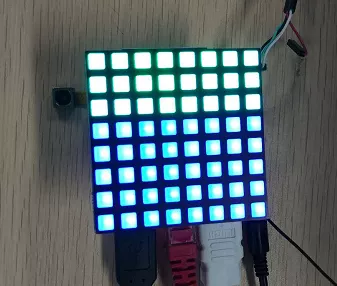Difference between revisions of "Getting Started with M2P"
JackZengWiki (talk | contribs) (→WringPi) |
(→Prepare to develop) |
||
| Line 17: | Line 17: | ||
==Basic Development== | ==Basic Development== | ||
===Prepare to develop=== | ===Prepare to develop=== | ||
| − | 1.Prepare | + | 1.Prepare 8G/above TF card, USB-Serial interface, PC with Ubuntu System |
2.Using your USB-Serial Connect debug console on M2P | 2.Using your USB-Serial Connect debug console on M2P | ||
Revision as of 05:06, 14 May 2018
Contents
[hide]Introduction
Banana Pi M2+ is mini size development board that offers great computing performance in an ultra portable form factor.It is a 65mm*65mm fantastic mini size board with Allwinner H series chips. It comes with different versions but share the same interfaces.
Read more: Banana Pi BPI-M2+
BPI-M2+ H3
Key Features
- Quad-core 1.2GHz Cortex-A7 H3
- 1GB DDR3
- 8GB eMMC onboard
- WiFi and BlueTooth onboard
- 10/100/1000Mbps Ethernet Port
Development
Let's get start to develop on BPI-M2P, see amazing things happen.
Basic Development
Prepare to develop
1.Prepare 8G/above TF card, USB-Serial interface, PC with Ubuntu System
2.Using your USB-Serial Connect debug console on M2P
Load your first image on M2P
Build your own image on M2P
Ubuntu
Armbian
Advanced Development
GPIO
Bluetooth
WiFi and Ap mode on M2P
WiFi Client
AP mode
Clear boot
- git clone https://github.com/BPI-SINOVOIP/BPI-files/tree/master/SD/100MB
- bpi-bootsel BPI-cleanboot-8k.img.gz /dev/sdX
Camara function
Guvcview
IR function
WringPi
- RGB 1602 LCD
- 0.96 Inch OLED Display
- 8x8 RGB LED Martix


